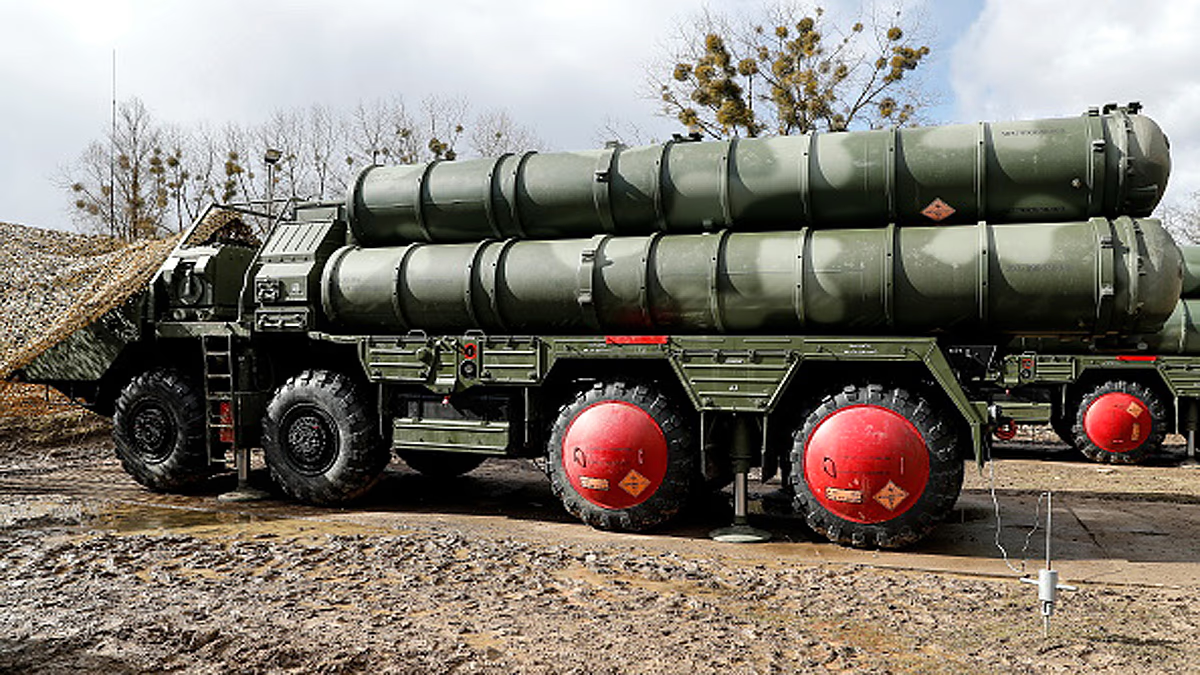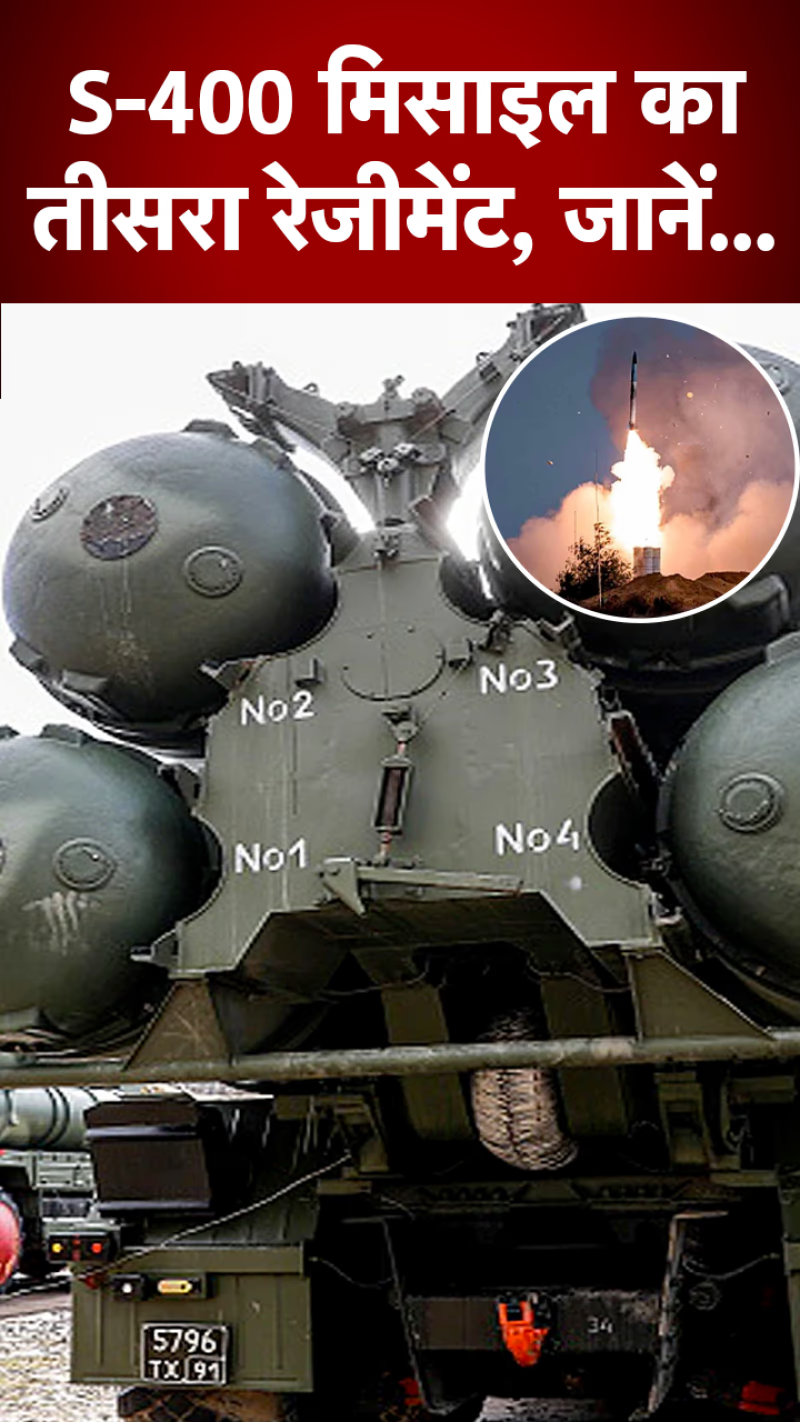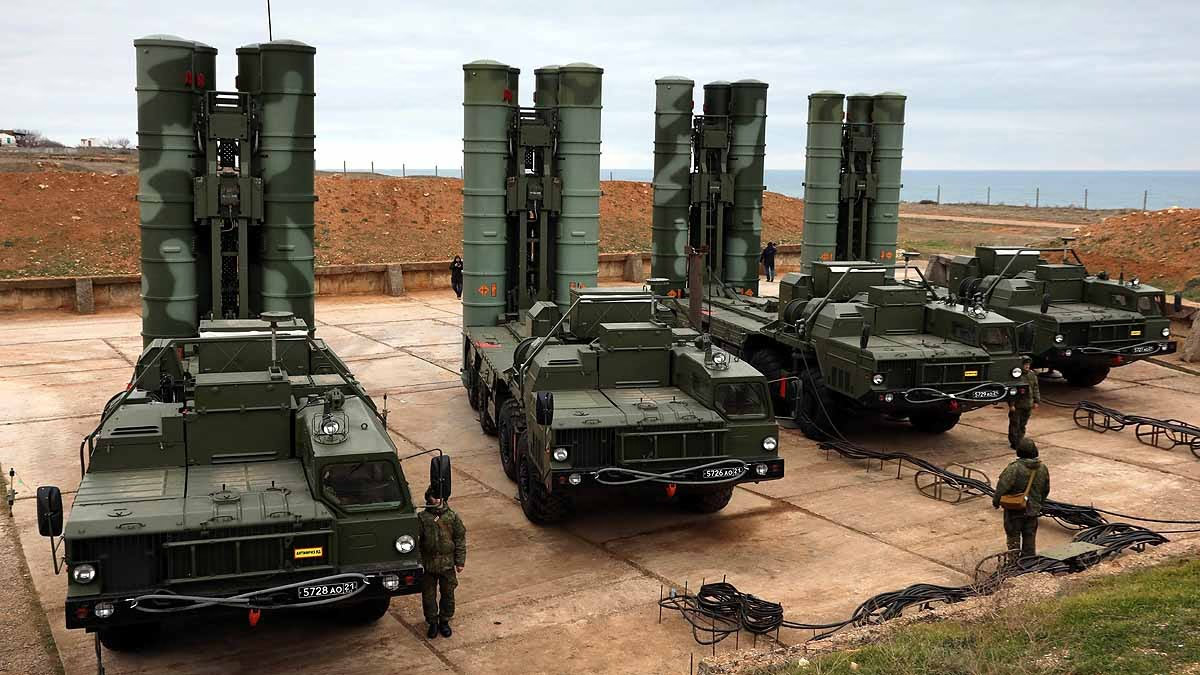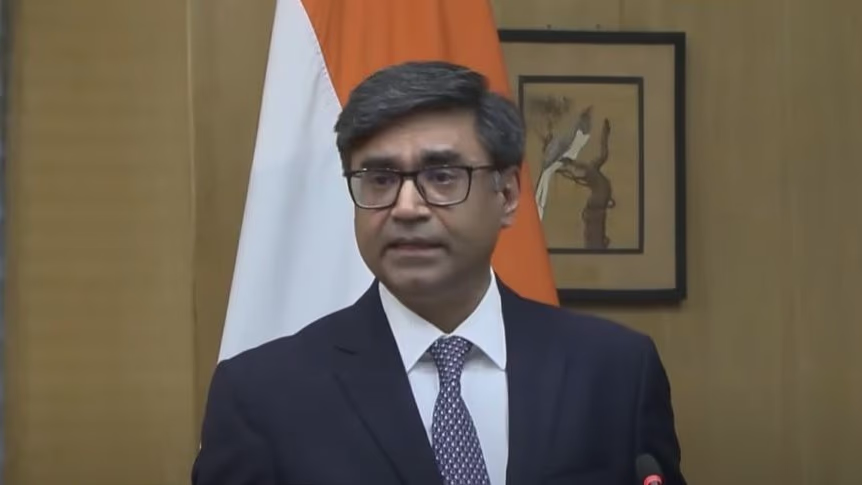Relations between India and Pakistan at the border appear to be reaching a boiling point. Following the Pahalgam terrorist attack, the Indian Army launched Operation Sindhur, targeting terrorist bases in Pakistan and Pakistan-Occupied Kashmir with missile strikes. India clearly stated that its intention was not to target civilians or the Pakistani military but solely terrorist sites. However, Pakistan persisted in its aggression and initiated attacks on India.
Previously, Pakistan had been firing on villages near the LoC, resulting in the loss of several civilian lives. On the night of May 7-8, Pakistan attempted missile and drone attacks on several Indian cities. The Indian government has reported that Pakistan tried to attack a total of 15 Indian cities, but every attack was thwarted by India's air defense system.
India's Defense System Proves Its Power
India credits this remarkable defense to its S-400 air defense system, also known as 'Sudharshan Chakra.' In recent times, India has been enhancing its defense capabilities, and the investment has truly paid off. This Russian-made defense system is incredibly powerful, and we'll explain its capabilities in detail here.
In 2018, India signed a deal with Russia for five squadrons of the S-400 system worth approximately ₹35,000 crores. This advanced air defense system plays a crucial role in safeguarding India's strategic locations and has effectively intercepted Pakistan's drone and missile attacks. The system is deployed across various regions in India, especially those bordering China and Pakistan, to be ready for any crisis situation.

Source: aajtak
S-400: More Than Just a Weapon, a Colossus
Think of the S-400 air defense missile system not just as a weapon, but as a formidable giant. No adversarial plot can withstand its might. Swift as lightning, it turns aerial threats to ash. The S-400 missile system is considered one of the most capable missile systems worldwide. Both Pakistan and China have historically been challenges for India, and this system provides a needed balance of power.
Explore Further: 25 Years of Pakistani Decline... Once Ahead of India, the Major Reasons for its Struggles
The S-400 can fire 72 missiles simultaneously. Its defining feature is the ease with which it can be relocated since it’s mounted on an 8X8 truck. Known to NATO as the SA-21 Growler, this long-range defense missile system can operate in temperatures ranging from minus 50 degrees to minus 70 degrees, making it tough for enemies to destroy as it lacks a fixed position, meaning it’s not easily detectable.
The S-400 missile system comes equipped with four types of missiles with ranges of 40, 100, 200, and 400 kilometers. It can identify and destroy any target flying between 100 and 40,000 feet. The radar of the S-400 Air Defence Missile System is incredibly advanced and powerful.
How the S-400 Keeps Track
One of its strengths is its radar, which can track approximately 300 targets within a 600-kilometer range. This system can handle missile, aircraft, or drone-based aerial attacks. During the Cold War, there was an arms race between Russia and the US. When Russia couldn’t match American missiles, it began developing systems capable of neutralizing those missiles at their targets.
In 1967, Russia developed the S-200 system, the first missile of its series. The S-300 was developed in 1978, and by 1990, the S-400 was ready. Testing commenced in 1999, and on April 28, 2007, Russia deployed the first S-400 missile system. Subsequently, in March 2014, Russia delivered this advanced system to China, followed by its first delivery to Turkey on July 12, 2019.

Source: aajtak




